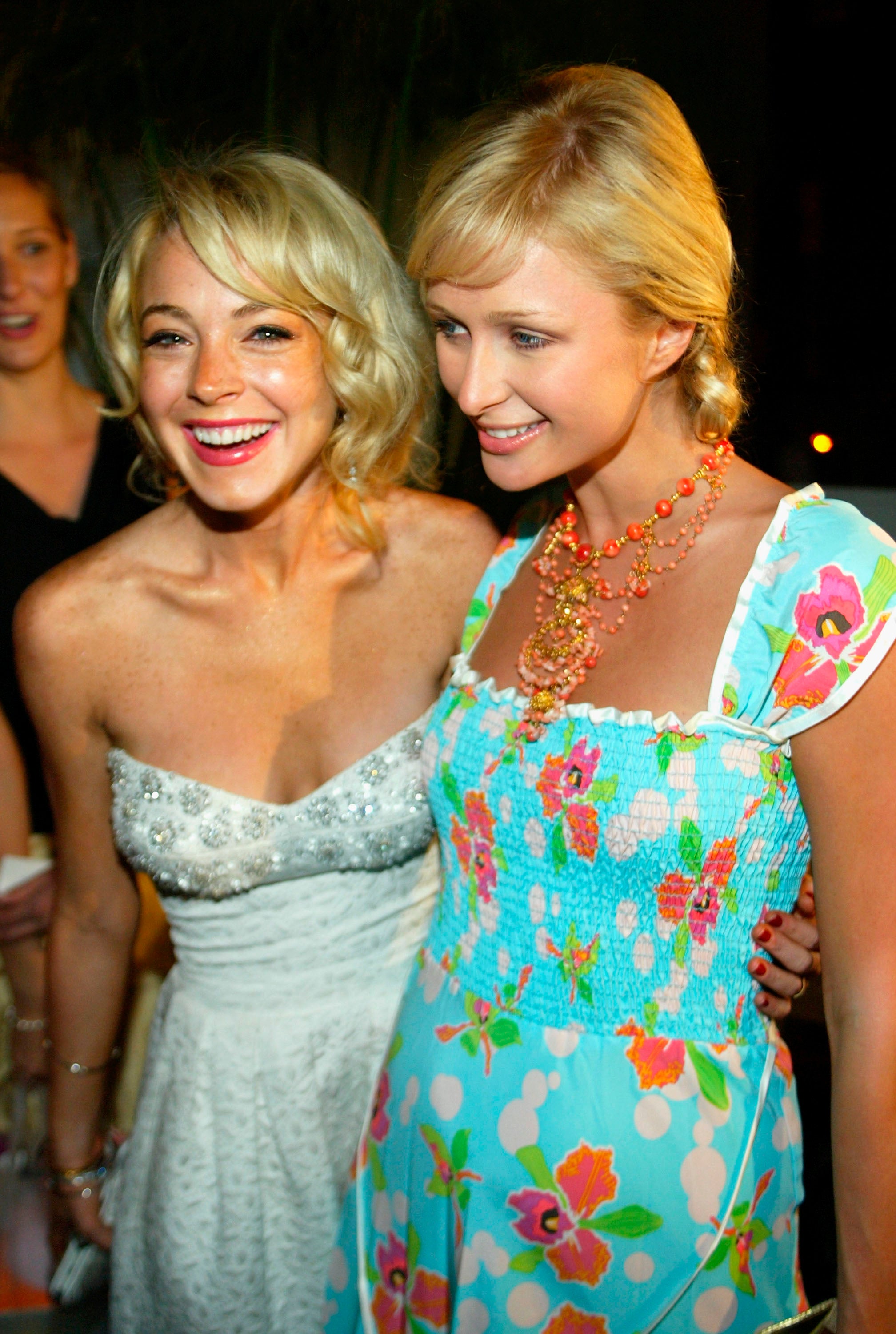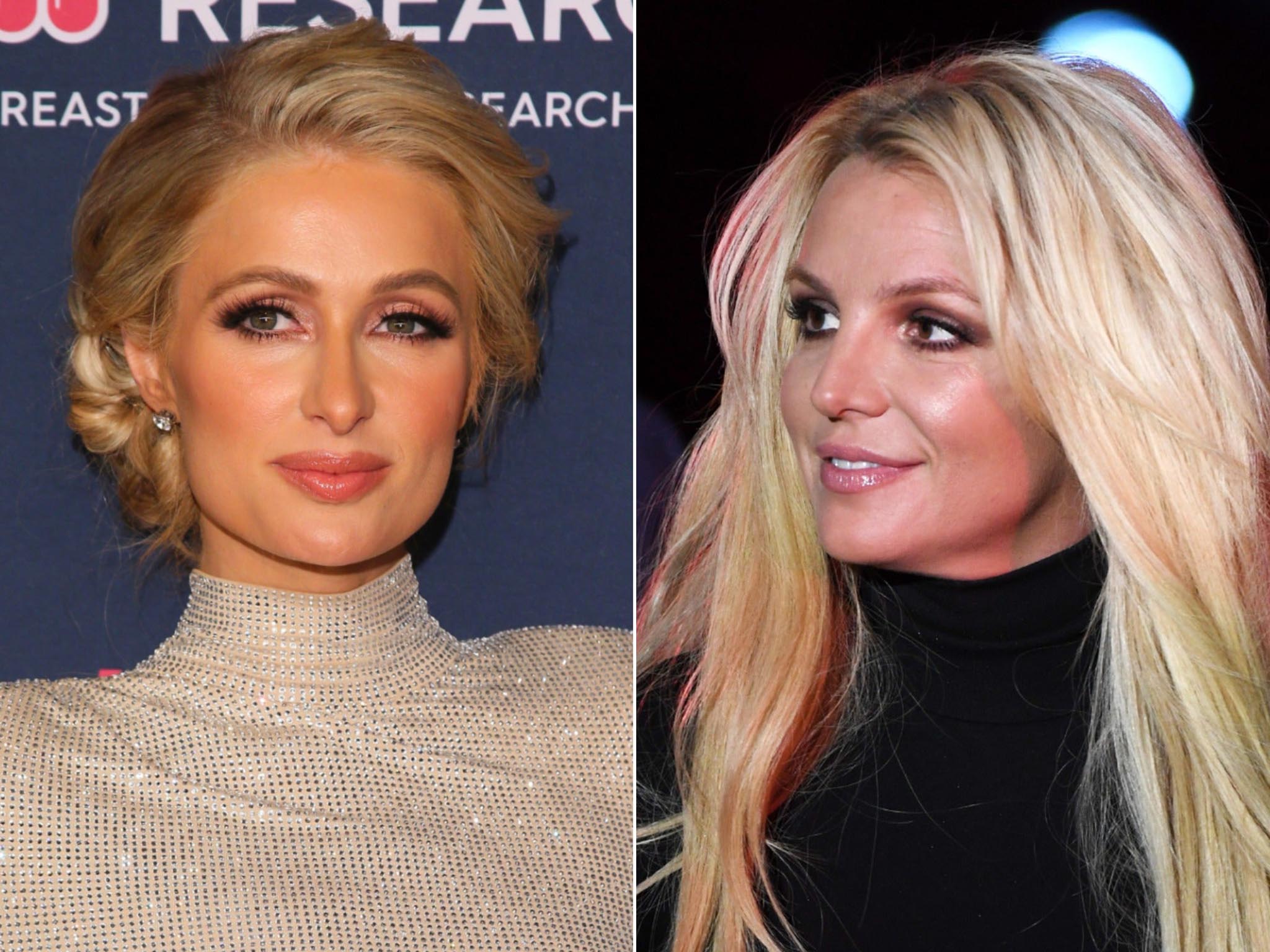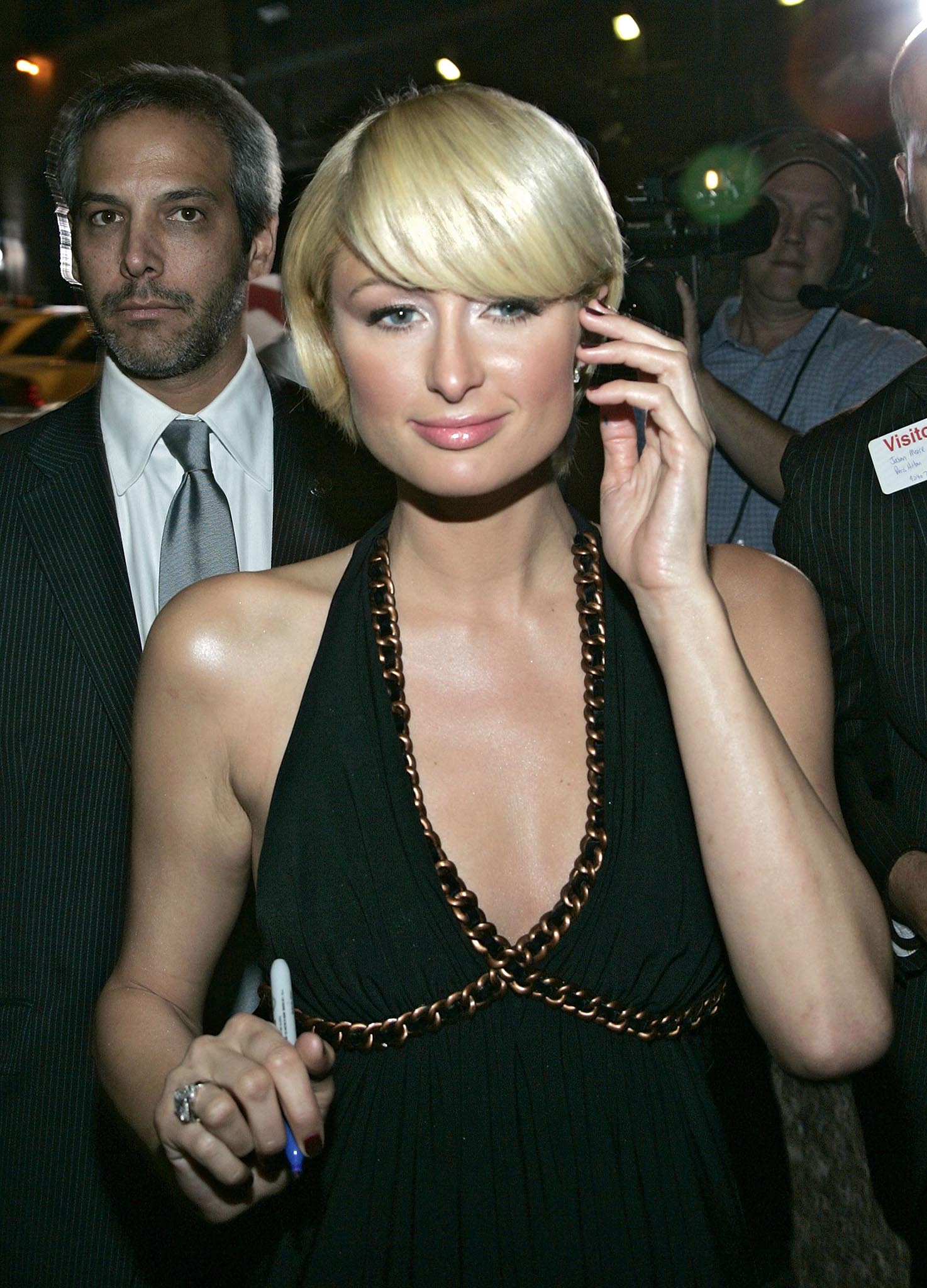It’s not just Britney Spears, what about all the other women treated badly by the media?
The way Britney Spears was treated didn’t sit right with me then, and it doesn’t now. But it is still happening to female stars, writes Jessica Bennett

Your support helps us to tell the story
From reproductive rights to climate change to Big Tech, The Independent is on the ground when the story is developing. Whether it's investigating the financials of Elon Musk's pro-Trump PAC or producing our latest documentary, 'The A Word', which shines a light on the American women fighting for reproductive rights, we know how important it is to parse out the facts from the messaging.
At such a critical moment in US history, we need reporters on the ground. Your donation allows us to keep sending journalists to speak to both sides of the story.
The Independent is trusted by Americans across the entire political spectrum. And unlike many other quality news outlets, we choose not to lock Americans out of our reporting and analysis with paywalls. We believe quality journalism should be available to everyone, paid for by those who can afford it.
Your support makes all the difference.In 2007, Britney Spears, Lindsay Lohan and Paris Hilton were apparently fuelling enough of a debate among parents about children and “values” for Newsweek to publish a cover story titled “The Girls Gone Wild Effect.”
The article described the ubiquitous images and stories about these women – their partying, their rehab stints, what they were or weren’t wearing – and how they could be affecting young fans.
I was a junior reporter at Newsweek at the time, just a couple years out of college, around the same age as those so-called train wrecks. I wasn’t quite sure what bothered me so much about the article, but I knew I didn’t like it.
Perhaps it was that the editors of the magazine at that time rarely seemed to put women on the cover, so the fact that it was these women said something. The article claimed, according to a poll, that 77 per cent of Americans believed these women had “too much influence on young girls” — but weren’t these just young women? And then there was the male lens of it all, from the entertainment executives who moulded them to the paparazzi who photographed them to the editors who put them on magazine covers.
More than a decade later, we are once again talking about those women – this time through a modern lens. After years of fans fighting to #FreeBritney from the conservatorship over which her father presides – and now with a popular new documentary on the subject – the rise and fall (and rise again?) of Britney Spears is being viewed with fresh eyes.
At the same time, a litany of other female celebrities of the Nineties and Noughties are being – or perhaps ought to be – re-examined: Lohan, now out of the spotlight and living in Dubai, where for the first time in her life, she has said, she feels safe; Hilton, who in a 2020 documentary detailed emotional and physical abuse she suffered as a teenager; Janet Jackson, who was blacklisted after the 2004 Super Bowl “wardrobe malfunction” that left her breast exposed, while the man who exposed it, Justin Timberlake, went on to further fame (and was even invited back to perform at the half-time show in 2018).
Singer and Moesha star Brandy has described faking her marriage for fear that being an unwed mother would threaten her career. Anna Nicole Smith, the troubled actress and model, was labelled “white trash” while she was alive and “obtrusively voluptuous” in her obituary when she was dead. And then there’s Whitney Houston, whose marital problems and battle with drug addiction were broadcast to the world in an early-2000s Bravo series.
“I lived through Britney on television, and when she shaved her head, I remember thinking at the time, ‘Why is everybody acting like she’s OK? Like, how is this funny to people? How is this presented as entertainment?’” says Danyel Smith, former editor-in-chief of Vibe magazine and host of the podcast Black Girl Songbook.

“I felt the same about Whitney,” she says. “It was astonishing to watch the amount of glee being taken in watching her fall apart.”
Such reappraisals have become common over the past several years. In the midst of #MeToo and a reckoning over racial injustice, people have begun to re-examine the art, music, monuments and characters on whom cultural significance has been placed.
But this current wave revolves not around individuals so much as the machine that produced them: the journalists, the photographers and the fans, the latter of whom were reading, watching and buying.
“To me, the question is, what do we do when a whole culture essentially becomes the subjugator?” Monica Lewinsky said in a recent interview. “How do we unpack that, how do we move on?”
‘It was a different time’
In his book The Naughty Nineties, David Friend, an editor at Vanity Fair, described how the market for humiliation thrived in the early Nineties, a trend that can be traced, in part, to the rise of tabloid talk programmes such as The Jerry Springer Show.
Gossip magazines ruled during this time, which meant that the paparazzi did, too. They photographed under skirts and chased cars down winding roads, competing, often dozens at a time, for images that could fetch millions.
This was the time before stars could talk to their fans directly, of course. There was no clapping back on Twitter, no hosting an Instagram Live to tell one’s side of the story
But the race for the most salacious shot was never an equal-opportunity game. It was not young men who appeared in photos with their bra straps showing and their make-up smeared, or had their breasts enlarged in postproduction without their knowledge, as was the case for Spears on a 2000 cover of British GQ, according to the photographer, who recently posted about it on Instagram. While white women were scrutinized on the covers of magazines, Black artists were told, as Beyoncé was, that they’d never get covers at all – “because Black people did not sell.”
“Magazines in that era were driven by damsel-in-distress narratives,” said Ramin Setoodeh, executive editor at Variety and author of Ladies Who Punch. “It was almost like a sport to watch a woman self-destruct.”
This was the time before stars could talk to their fans directly, of course. There was no clapping back on Twitter, no hosting an Instagram Live to tell one’s side of the story.
In a 2013 interview with David Letterman that has recently resurfaced, Lohan was grilled to the point of tears about a looming trip to rehab, for laughs. (“She’s probably deeply troubled and therefore great in bed,” Donald Trump told Howard Stern in 2004, when the actress was 18.) When Hilton’s sex tape was leaked without her consent, nobody was using the phrase “revenge porn” or talking openly about emotional pain as trauma.

Terms such as “accountability,” “consent,” “fat-shaming” and “mental health” weren’t part of the pop lexicon, says Susan Douglas, professor of communication and media at the University of Michigan and co-author of Celebrity: A History of Fame.
For the celebrity media, at least, such framing would have served no useful purpose. Disaster and personal tragedy sold.
As Harvey Levin, founder of TMZ, put it in 2006: “Britney is gold. She is crack to our readers. Her life is a complete train wreck, and I thank God for her every day.”
“It was a different time,” Rosie O’Donnell, who interviewed Spears on her talk show in 1999, said in a phone interview. “You’re a level-headed girl,” she told her back then, “and I hope you stay that way.”
‘We’re all collateral damage’
In recent years, there have been Hollywood reappraisals of Anita Hill, a law professor who now leads the Hollywood Commission on sexual harassment, decades after her own high-profile case was dismissed; Tonya Harding, the former Olympic figure skater whose rivalry with Nancy Kerrigan and its violent climax were cast against a story of childhood abuse; and Lorena Bobbitt, whose physical harm of her husband has been reframed in the context of years of domestic abuse.

Some women have retold their stories themselves. Jessica Simpson published a memoir in 2020 about her time in the spotlight, including her battle with alcoholism. Christina Aguilera described the feeling of being pitted against Spears – “Britney as the good girl and me as the bad” – in a 2018 story in Cosmopolitan.
But Lewinsky was perhaps the first of this era of women to reclaim her story.
After being excoriated in the media for her affair with President Bill Clinton as a 21-year-old intern, she went on to earn a master’s in social psychology. She carefully reemerged in the public eye in 2014, with an essay and TED Talk about public shame. Now she’s producing a documentary on the subject, and how it permeates society.
“We tend to forget the collective experience,” Lewinsky says by phone. “We direct this kind of vitriol and misogyny toward one woman, but it actually reverberates to all women. We’re all collateral damage, whether we’re the object or not.”

These days, that view is more widely held. Abuse and discrimination are now generally seen as systemic issues, and those who endure it are lent more credibility and sympathy. Contemporary artists speak candidly about mental health; their seeking help tends to be applauded rather than ridiculed. And social media has enabled stars to take back some control (while also opening them up to further scrutiny in other ways).
“The legacy media star has dimmed,” said Allison Yarrow, author of 90s Bitch: Media, Culture, and the Failed Promise of Gender Equality.
Lizzo, for instance, posts photos on Instagram that align with the body positivity her fans admire. Billie Eilish speaks frequently and frankly about mental health. FKA twigs, when asked about her allegations of abuse against her ex, Shia LaBeouf, and why she didn’t leave, can choose not to answer: “The question should really be to the abuser, ‘Why are you holding someone hostage with abuse?’”
Now, entertainment journalists who worked through the tabloid era are looking back on their coverage through a critical lens; some are expressing regret and even issuing apologies.
Steven Daly, who wrote the infamous 1999 Rolling Stone cover story on Spears, said that in hindsight, having a 17-year-old girl show him, a man in his 30s, around her childhood bedroom was slightly creepy.
But he is more troubled by the photos that appeared alongside his piece: Britney in a bra and hot pants holding a Teletubby; Britney in a pair of white cotton underwear surrounded by her bedroom dolls – photos that the pop star, rather than the photographer or editors, was often asked to defend.
“These were soft-porn pictures of an underage girl,” said Daly, now 60. “If you did that nowadays, you’d be put through a woodchipper.”
© The New York Times




Join our commenting forum
Join thought-provoking conversations, follow other Independent readers and see their replies
Comments